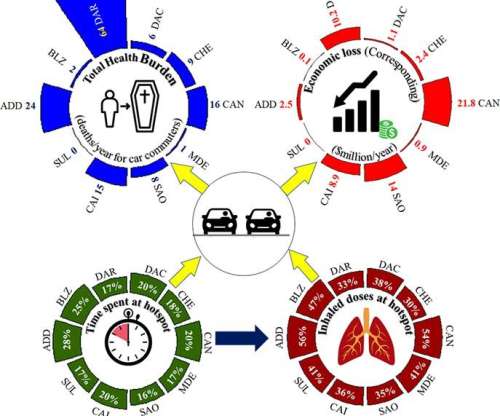GSMA study indicates Bangkok could gain US$1B per year in benefits through ITS; reduced travel time, CO2 emissions and accidents
Green Car Congress
AUGUST 24, 2015
Among the key emerging markets in Asia, Thailand—and specifically the city of Bangkok—faces many transportation challenges around congestion and safety. On average, commuters in Thailand spend nearly 1.5 hours travelling to work per day.












Let's personalize your content